Music notation or musical notation refers to various systems of writing music. Diverse systems of musical notation have developed in various cultures. In fact, many cultures simply do not notate their music in any form.

Musical Notation - Music notation or musical notation refers to various systems of writing music. Diverse systems of musical notation have developed in various cultures. In fact, many cultures simply do not notate their music in any form.
Types and methods of notation have varied between cultures and throughout history, and much information about ancient music notation is fragmentary. Even in the same time period, such as in the 2010s, different styles of music and different cultures use different music notation methods; for example, for professional classical music performers, sheet music using staves and note heads is the most common way of notating music, but for professional country music session musicians, the Nashville Number System is the main method. (Music Notation from Wikipedia)
Rather than do a complete series of lessons on standard music notation. Why reinvent the wheel. There are lot of great resources on-line and books that already exist. Here is my take on several of the offerings.
One can equate, when you first are learning and exploring the Ukulele, you are in it as a tourist and knowing how to navigate you new soundings as a tourist are very helpful. A few musical terms here and there, and you can get by. However, if you are going to be staying for a while in this new musical environment, learning the “lingo” that musicians use day-to-day to communicate can go a long way in furthering your enjoyment while exploring the ukulele. And like learning any language, there is the aural and the reading and writing parts as well — both well-written and not so well-written.
Musical Notation - Music notation or musical notation refers to various systems of writing music. Diverse systems of musical notation have developed in various cultures. In fact, many cultures simply do not notate their music in any form.
Types and methods of notation have varied between cultures and throughout history, and much information about ancient music notation is fragmentary. Even in the same time period, such as in the 2010s, different styles of music and different cultures use different music notation methods; for example, for professional classical music performers, sheet music using staves and note heads is the most common way of notating music, but for professional country music session musicians, the Nashville Number System is the main method. (Music Notation from Wikipedia)
Rather than do a complete series of lessons on standard music notation. Why reinvent the wheel. There are lot of great resources on-line and books that already exist. Here is my take on several of the offerings.
One can equate, when you first are learning and exploring the Ukulele, you are in it as a tourist and knowing how to navigate you new soundings as a tourist are very helpful. A few musical terms here and there, and you can get by. However, if you are going to be staying for a while in this new musical environment, learning the “lingo” that musicians use day-to-day to communicate can go a long way in furthering your enjoyment while exploring the ukulele. And like learning any language, there is the aural and the reading and writing parts as well — both well-written and not so well-written.
Standard Music Notation
Bad Rhythmic Notation Examples
Along with learning correct music notation and music principles. You also will be able to spot bad notation examples, incorrect names for standard music terms — as well as translate it and read on the fly.
For the most common 4/4 time signature, there is an invisible mid-bar line between beats two and three that no note will sustain over it unless tied. This make it effortless to read. Sort of like the spaces between words. This helps you recognizable the common rhythmic syllables used in various time signatures. The below, “Confusing and Hard to Read” notation, taken right from examples on the Internet and unfortunately quite common.
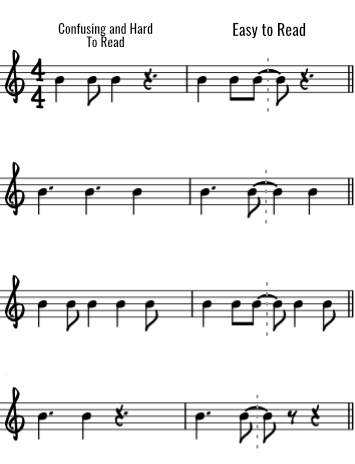
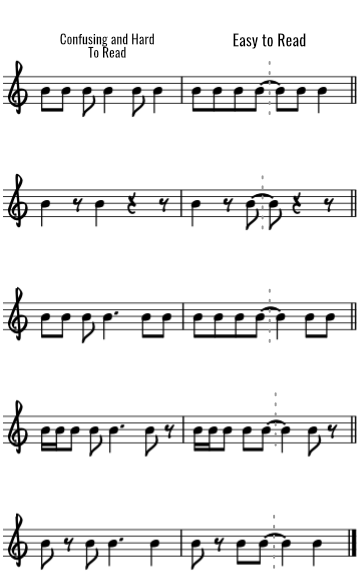
Music Notation Programs
There are four (4) common music notation programs used with Finale and Sibelius being used by the majority of professional musicians, orchestral music librarians, and music publishers:
I (Curt), started with Finale and quickly moved to Sibelius and used it for many, many years and have done hundreds of scores using Sibelius. Then a few years ago moved everything to MuseScore, a FREE and open-source notation program that can be used on Mac , Windows and Linux computers. Moved to MuseScore as it is available in Linux, and Mac — both platforms I use daily and Sibelius went to a subscription mode.
Of the four, MuseScore is the only one that is FREE open-source and available on more computer platforms. Both Dorico and Sibelius have just released versions that run on iOS/iPad. 2023 Updates: Musescore 4 is out with a major update. I'll then finish the task up converting all my past scores to Musescore.
Music Fonts
Here are some great music fonts from Notation Central .
Resources & Links
- Scoring Notes • Scoring Notes, a blog is independently owned and operated by NYC Music Services , a music preparation service in New York.
- Notation Central • Notation Central is the only place where you’ll find all of these products under one roof, for multiple platforms you use, like Dorico, Sibelius, Finale, and Musescore, and PDF utilities to help with music preparation and production.
- What's the score? Notation Programs for Ukulele Teachers • by Cynthia Kinnunen is a music educator from Guelph, Ontario, and is part of Team Uketropolis. www.cynthiakmusic.com
- Noteflight, Online Notation Editor • Noteflight, LLC is located in Boston, Massachusetts. Compose, Collaborate, Share, Play, Sing, and Teach Music Online with Noteflight
Related Lessons, Videos, Lesson Series, Songs, Books & Reference Charts, Resources & Assets, Workshops are below.

An interval is the distance between two notes. An interval has a name and a type. Intervals can be played one note (melodic) or two notes (harmonic) at a time, ascending or descending. Simple and Compound Intervals are taken from a major scale. Chromatic Intervals are NOT taken from a major scale. They are derived from the diatonic intervals.

Finally, learn the names of the notes of the ukulele fingerboard in C tuning .

Learn the six fingering principles to navigating the ukulele fingerboard. Fingering is one of the most universal topics. Book: Six Secrets of the Ukulele Fingering

Harmonic Analysis is the understanding of the functional sequence of chords. It is the process used to analyze the harmonic structure of a progression, song or composition. Book: Harmonic Analysis for Scale Selection and Chord Substitution

Learn to read single note melodies in the first/open position is a lot easier than you might think. Book: Ukulele – Reading Music Series – Primer

An organized collection of daily practice and reference material for the contemporary ukulele player for developing the vocabulary and knowledge necessary for single note playing. Book: Daily Practice Material for the Contemporary Ukulele
Checkout the Books & Reference Charts for additional Handy, Dandy Reference Charts.

Ukulele Fingerboard Chart for C Tuning, Low or High G – G C E A

Ukulele Fingerboard Chart for G Tuning, Low or High A – D G B E

A handy reference chart of all 15 major and relative minor key signatures. US Letter 8.5 x 11 sized (ANSI-A), A4
Checkout the Books & Reference Charts for additional Handy, Dandy Reference Charts.



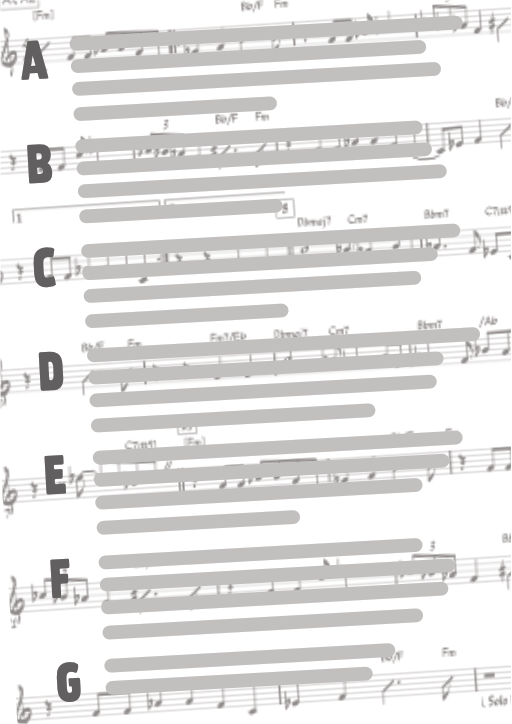
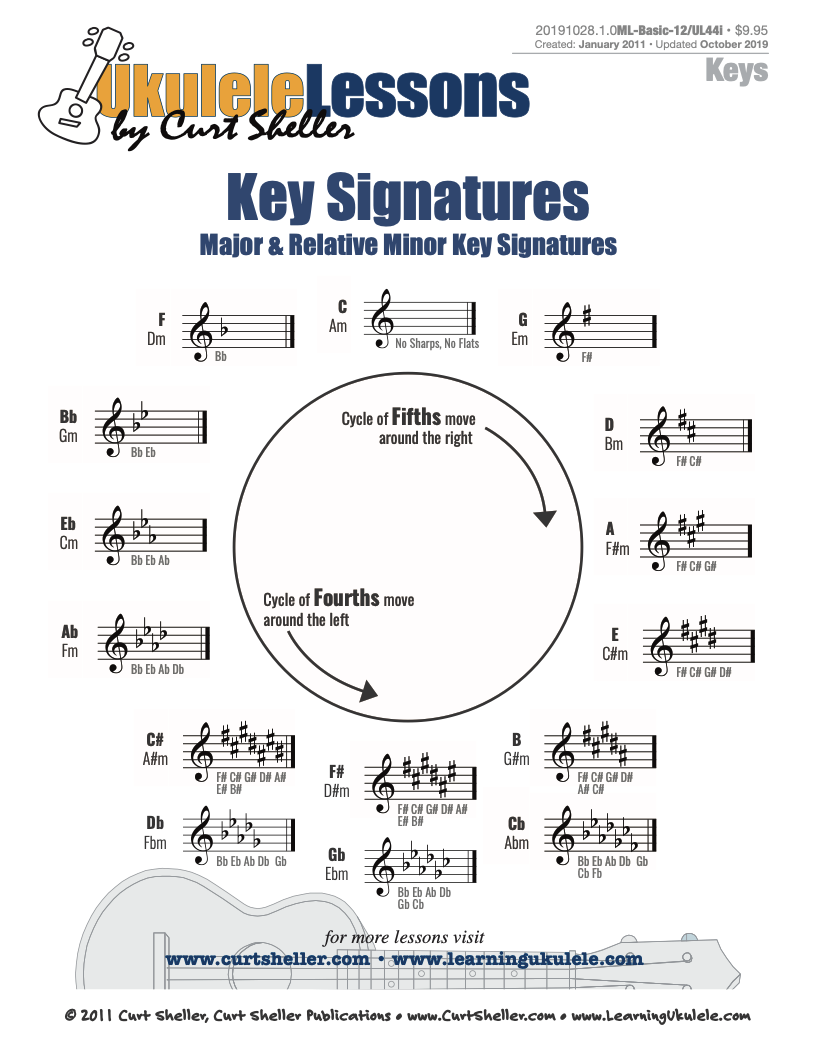
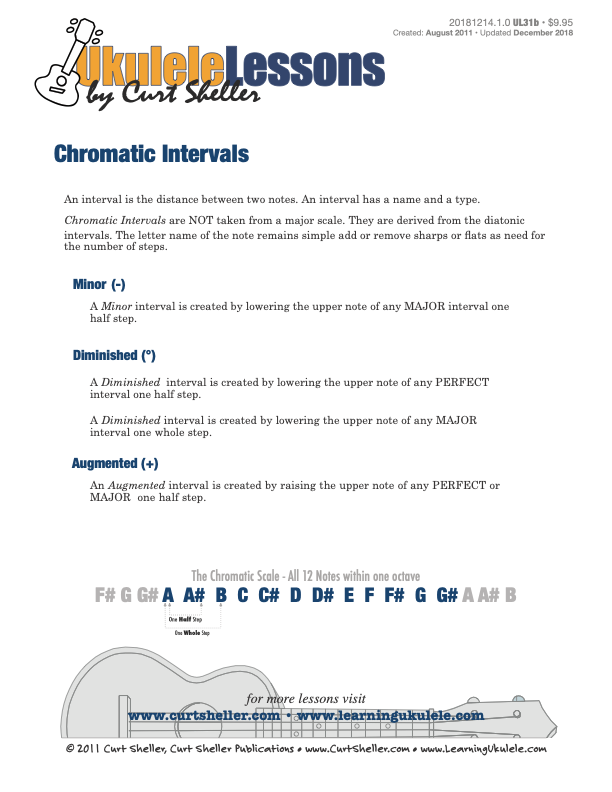
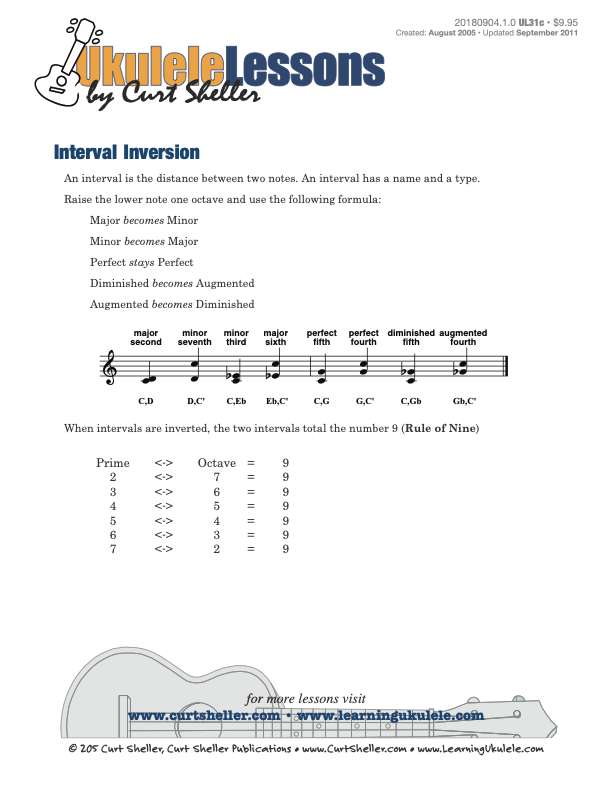

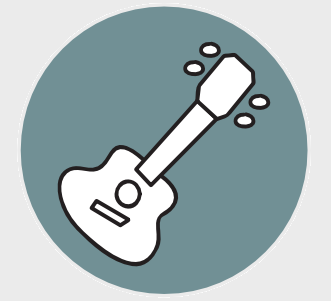
.jpg)